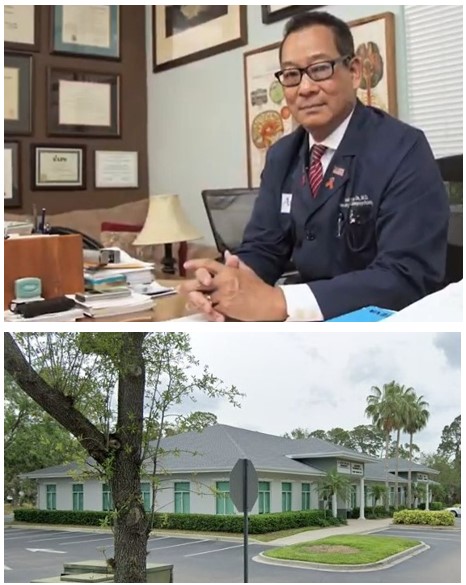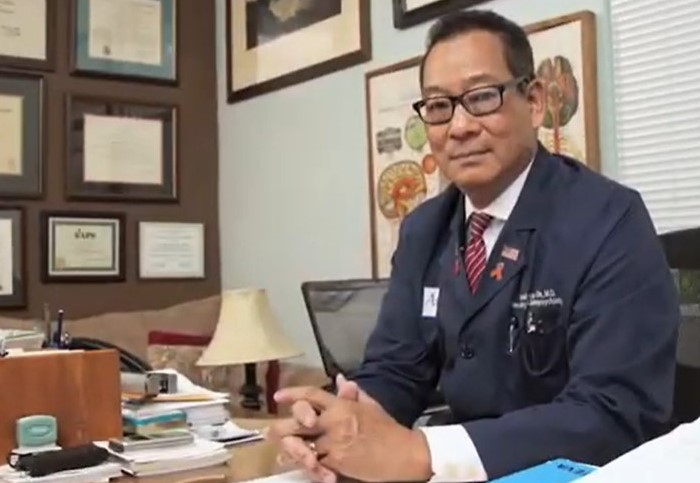The cream targets NMDA receptors, like all ketamine administration routes. But it does so without entering the bloodstream.
As a psychedelic enthusiast, I often err on the side of pharmaceutical skepticism. I’m naturally suspicious when I hear about companies formulating psychedelic medicines without the hallucinogenic effects. My bias says healing comes from soul-manifesting journeys, not the compound.
So, I initially dismissed the idea of a non-psychoactive ketamine cream for PTSD. Until, I remembered a few facts that make ketamine distinct from most psychedelics.
Ketamine targets different receptors than LSD, DMT, and psilocybin. Its unique action makes it a dissociative anesthetic, not a classic hallucinogen. Ketamine trips don’t generally involve epic journeys through mystical realms. Many don’t involve visions at all. Ketamine induces dissociative states, characterized by detachment from the body and the outside world.
Some studies indicate ketamine’s dissociative effects correlate with anti-depressant success. But none have found causation. Perhaps some patients don’t need to enter a K-hole after all.
With that, I opened my mind to Psycheceutical’s (BWVI) NeuroDirect™ topical ketamine formula.
The Technology
The product is far from the only ketamine topical in existence. But, its patented administration route and targeted effects are novel.
NeuroDirect’s technology asserts that its topical ketamine formula can hit free nerve endings on the back of the neck, below the hairline, igniting rapid therapeutic relief without dissociation or adverse side effects.

The cream targets NMDA receptors, like all ketamine administration routes. But it does so without entering the bloodstream. The theory, according to the physician who developed NeuroDirect topical delivery,. Dr. Ronald Aung-Din is that that this precise, nonsystemic action allows ketamine to speak directly to brain regions involved with PTSD symptoms. This action contrasts with IVs, nasal sprays, and tablets that navigate from the bloodstream through the brain aimlessly.
“Basically, [NMDA] receptors are everywhere in the brain, and some of the receptors are responsible for PTSD symptoms, while others can cause problems with psychogenic effects. The same thing happens with Parkinson’s drugs. They can help your Parkinson’s symptoms, like your tremors and movement disorder, but [because of the administration route], they can also cause hallucinations, obsessive-compulsive thoughts, and gambling.”
– Dr. Aung-Din
Anecdotal Success
Pre-clinical data indicate that NeuroDirect’s non-psychoactive approach could be a game-changer for people with PTSD and pain. But application location is key.
“[Applying the cream to the knee] might provide relief locally. But it wouldn’t help with PTSD and brain dysfunction. All nerve endings eventually go to the brain. But from the knee and the leg is a much greater distance than the back of the neck, the grand central station of processing.”
– Dr. Aung-Din
According to Dr. Aung-Din, all nerve fibers that go to the brain emerge from the back of the neck. So when patients apply the cream, ketamine binds to the nerve’s receptors, causing neurochemical reactions that relieve pain and anxiety in minutes.
Dr. Aung-Din has been prescribing this cream off-label at his private practice for nearly three years. Approximately 400 patients are experimenting with his protocol, applying the cream one to three times daily until they can taper off. He primarily prescribes the topical for PTSD and pain-related conditions.
Why both?
When patients are severely depressed, they feel physical pain more. And when they’re in physical pain, they can get depressed. The two go hand-in-hand.
“When you look at PTSD, it’s a brain disorder where severe emotional pain stored in the brain manifests as flashbacks, nightmares, anxiety, and sleep problems. So, it’s emotional and physical pain, and both [involve the] same neurotransmitters. Chronic neuropathic pain, such as RSD and fibromyalgia, are also disorders where the brain processes pain signals abnormally. Both of my publications, one on PTSD and the other on neuropathic pain, indicate that ketamine works,.“
– Dr. Aung-Din
Dr. Aung-Din recently published his PTSD observational study on 98 patients. Seventy-three held PTSD diagnoses. The vast majority also had co-occurring conditions, primarily depression, head injuries, anxiety, cognitive dysfunction, and headache disorders. Patients ranged from twelve to ninety years old.

Observational Study Findings
Eighty-two patients reported anxiety relief, twenty-three said they experienced less pain, and twenty-two said their depression symptoms waned. About a quarter felt more interactive and spontaneous afterward. Sixteen said the cream enhanced their cognitive clarity.
One patient said the cream was like a “truth serum,” enabling her to be more open about her past and the defense mechanisms she used to cope with troubling events.
Another patient diagnosed with PTSD, heavy metal poisoning, anxiety disorder, and fibromyalgia felt ‘chi’ and ‘at peace,’ alongside a drastic mood improvement.
Most of the 98 patients cited some kind of benefit. However, on the Hamilton Depression Scale, only six experienced clinically significant symptom reductions, signaling that the treatment may be best suited as an adjunct therapy.
“PTSD is such a complex issue that it shouldn’t be just relied on by one drug… You want to take advantage of all the modalities, like counseling, medications, and so forth.”
– Dr. Aung-Din
Phase 1
Following the observational success, Psycheceutical launched a Phase I trial in Australia. In March, the team finished dosing 24 healthy volunteers, determining the cream was safe and well tolerated at 25 mg/ml. Blood tests showed negligible ketamine levels, and the volunteers experienced no dissociative effects, blood pressure spikes, side effects, or tolerance issues.
Chad Harman, CEO of Psycheceutical, said they’re now working on cohorts two and three, escalating the doses to 50 and 100 mg/ml. Based on Dr. Aung-Din’s observational data, they expect 25 to 50 mg/ml to be the sweet spot.
Psycheceutical must also conduct animal studies to prove the cream doesn’t cause skin or neurological toxicity. Assuming all goes well, the technology will be ready to move to Phase 2 by July 2024.
From there, Psycheceutical aims to sail through the FDA approval process, market NeuroDirect as a medical device, and partner with big pharma to fund topical drug development featuring ketamine and other neuroactive drugs.
“Once we have those positive results, we’ll start looking at the other psychedelics and start putting together a program. And then certainly, Dr. Aung-Din and the patents themselves bring up many more opportunities with existing drugs within the marketplace… So, we feel like this is an ultimate platform for the entire neuropsychiatric and neurodegenerative disorders industry.”
– Chad Harman
Accessibility
In the meantime, people with intractable pain or PTSD who want relief without dissociation can access the cream off-label for about $130 a month. Dr. Aung-Din writes prescriptions for qualifying patients from a specific compounding pharmacy that has perfected the formula. Patients who can’t see Dr. Aung-Din can ask their primary care doctors for generic ketamine cream prescriptions.
The formulas won’t be as targeted as NeuroDirect. But they could provide some relief without unwanted psychedelic effects.
And that’s the main story here.
Rapid relief without the ‘floating, out-of-body feeling’ means people can harness ketamine’s mood-boosting, pain-relieving power on their own terms. They won’t need clinical supervision or administration, as with IV infusions and Spravato intranasal spray. They can buy the cream from a local pharmacy to supplement their holistic healthcare.
The non-systemic administration route also opens the doors to people who aren’t ideal ketamine candidates, like the elderly, young patients, and those with heart conditions or substance abuse issues. The cream doesn’t negatively interact with medications or disrupt underlying heart problems. It does not get people high, nor does it build tolerance, so abuse potential is slim to none.
What’s Next
But one looming question remains. How exactly does this technology work? How can a patient with severe PTSD see their brain calm down within moments from a topical ointment? It seems to defy science.
Psycheceutical is working hard to find the answer. But for now, the exact mechanism remains an open question.
“We truly don’t know how this works. We’ve gathered a lot of capable data that is remarkable. We’ve had many FDA regulators, both internal and external, who have said, Chad, if what we’re seeing here is true, this is a game-changer by far, and this is remarkable…. So, it has everybody extremely excited… but also cautiously optimistic.”
– Chad Harman.
Psycheceutical’s future remains unpaved. But the anecdotal evidence is strong. Should the research and regulatory stars align, NeuroDirect creams could rein over pills and injections as one of the most prescribed technologies for targeted healing.









